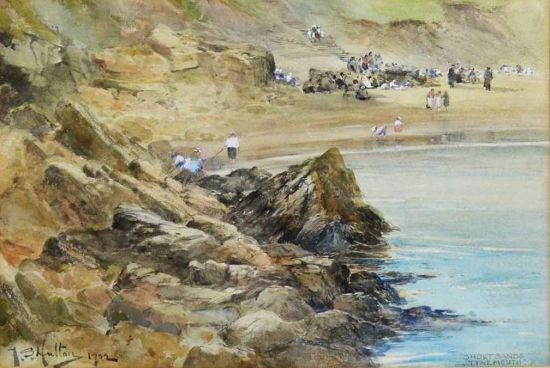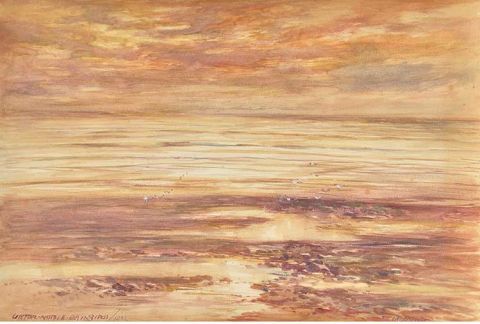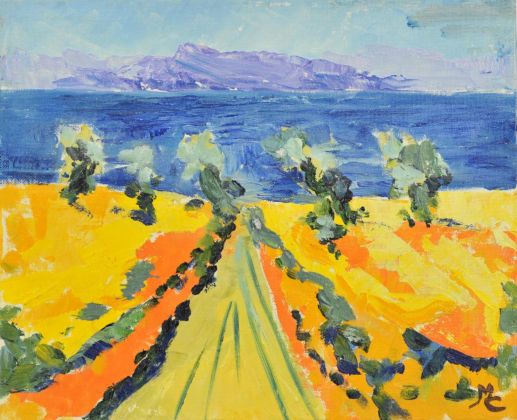Wollaston John active 1742-1775
Little is known of Wollaston's early life. He is believed to have been born in London, the son of a painter. Some sources give his father's name as John Wollaston; others, citing Horace Wolpole Anecdotes of Painting in England of 1765, suggest that his father's name was John Woolston, and that he later changed his name to Wollaston. Similarly, little is known about his artistic training; Charles Willson Peale, in a letter dated 1812 and written to his son Rembrandt mentions that Wollaston trained in London with a painter of drapery, but nothing else has been recorded. It seems evident, from his painting style, that by the time of his American sojourn he had either acquired further training or had developed his personal style a good deal on his own. Stylistically, Wollaston's work bears some similarity to portraits by Thomas Hudson and Allan Ramsay, among others, and it has been suggested that his teacher was, Joseph van Aken who completed the drapery in paintings by these and other artists of the period. That Wollaston considered himself English rather than American may be seen by the label on the back of a portrait of William Smith, Jr. painted in 1751; the label describes the artist as "Johnannes Wollaston Londoniensis".
Wollaston's first securely documented work, executed in 1742, is a portrait of Methodist evangelist George Whitefield; the original still exists, in the collections of the National Portrait Gallersin London. An engraving was produced after it by John Faber jnr. A handful of other paintings dating to before his trip to the colonies also exist, including a portrait of an unidentified officer of the British Navy now in the National Gallery of Art.























